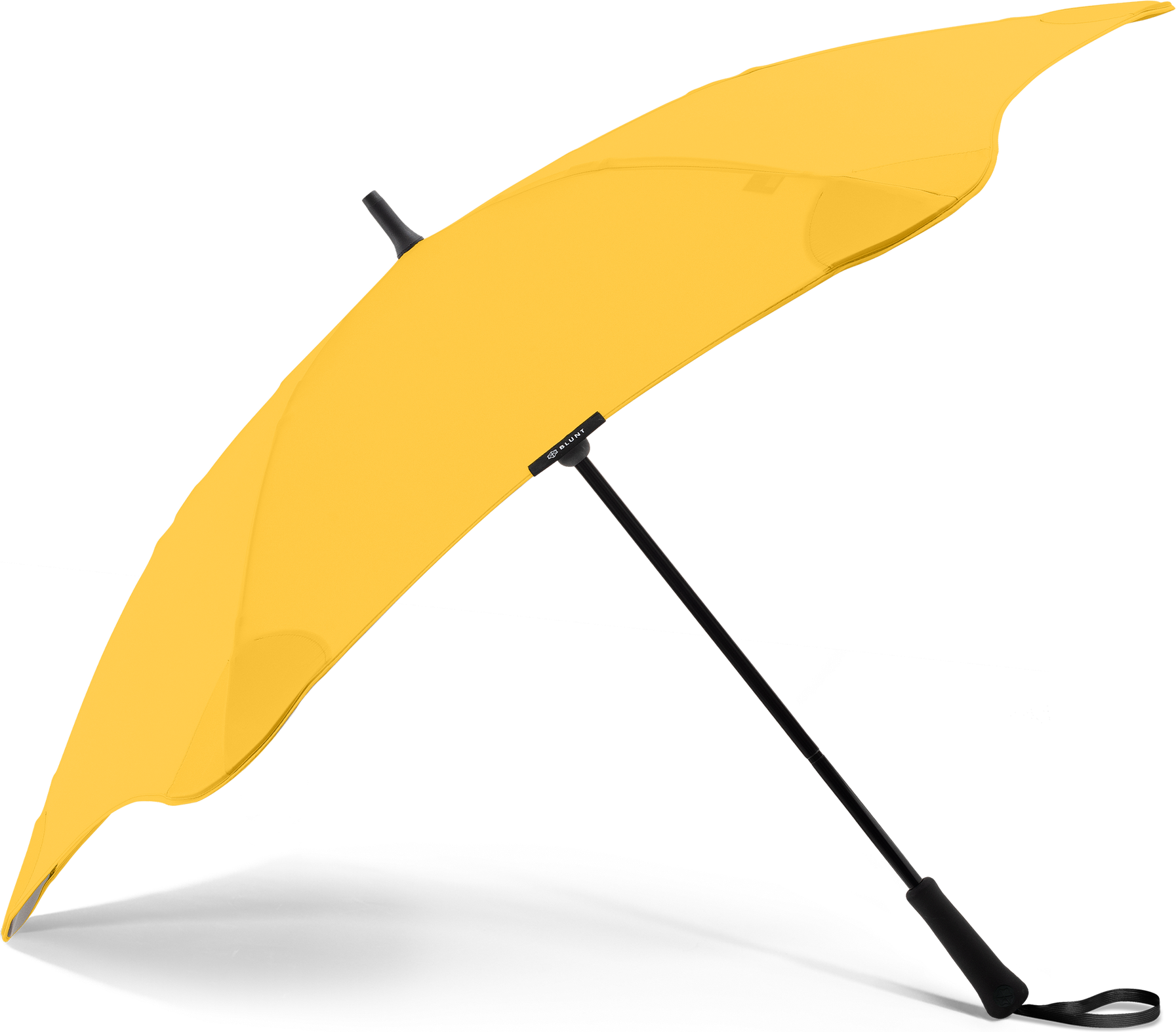Polyester Umbrellas
Try flexible payments with
Learn how400+ products

J.Lindeberg Barrie Umbrella
Black
Or 3 interest-free payments of £16.66/mo.*

Bullet 24 x 97 cm, Grey 21.5in Ida 3-Section Umbrella
Grey
Or 3 interest-free payments of £2.25/mo.*

Bullet 20 Oho 2-Section Umbrella - Orange
Orange
Or 3 interest-free payments of £2.59/mo.*

Bullet 20 Oho 2-Section Umbrella - Dark Blue
Blue
Or 3 interest-free payments of £2.59/mo.*

Totes ECO-BRELLA Supermini Umbrella - Black
Black
Or 3 interest-free payments of £2.83/mo.*
FAQ
Umbrellas come in various types, including compact, golf, and automatic. Compact umbrellas are portable and fit in bags easily. Golf umbrellas are larger for better coverage. Automatic umbrellas open with a button press for convenience. Consider your lifestyle to choose the right type.
Umbrellas vary in size from small to large. A small umbrella is ideal for one person and portability, while a large one offers more coverage for two people or adverse weather. Measure your needs and typical weather conditions to decide on the appropriate size.
Umbrellas are made from materials like polyester, nylon, and pongee for canopies, and aluminum or fiberglass for frames. Polyester is durable and water-resistant; nylon is lightweight; pongee has a silk-like feel. Aluminum frames are light; fiberglass is strong and flexible.
Umbrellas require proper care to last longer. Always dry an umbrella fully open after use to prevent rusting or mold. Store it in a cool, dry place away from direct sunlight to maintain its color and fabric integrity.
Umbrellas should have features like wind resistance, UV protection, and ergonomic handles. Wind-resistant ones withstand strong gusts without flipping inside out. UV protection shields you from harmful rays. Ergonomic handles provide comfort during use.
Umbrellas: 3 things to consider before buying
When choosing an umbrella, it's important to consider both its size and weight. Compact umbrellas are ideal for carrying in a bag or backpack, making them perfect for those on the go. However, they might not withstand strong winds as well as larger models. Full-sized umbrellas offer better coverage and durability, but they can be cumbersome to carry around. Think about where you'll primarily use the umbrella and choose one that balances portability with protection.
The material of an umbrella plays a key role in its durability and effectiveness. Look for umbrellas made from fiberglass or aluminum frames, as these materials are lightweight yet sturdy, offering resistance to wind damage. The canopy should be made from a water-repellent fabric like polyester or pongee to ensure it keeps you dry during heavy rain. Pay attention to the stitching quality too; reinforced seams will help prevent leaks.
Umbrellas come with various opening mechanisms, each with its own advantages. Automatic open/close umbrellas are convenient and quick to use, making them excellent for sudden downpours when you need instant coverage. Manual umbrellas, while requiring more effort to open, often have fewer mechanical parts that can break over time, potentially increasing their lifespan. Consider your personal preference and how frequently you'll need to deploy the umbrella when deciding on the mechanism.
You’ve viewed 48 out of 457 products
Advertisement






